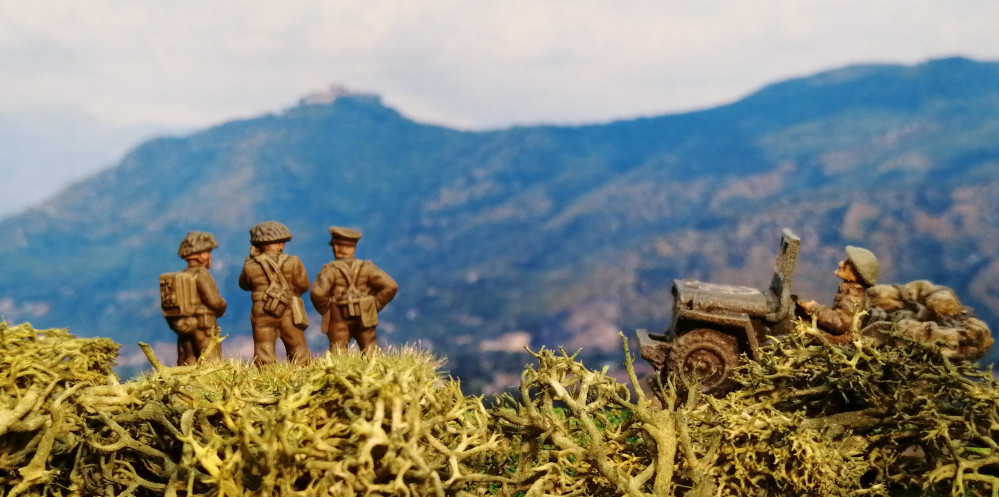
75th Anniversary of the Battle of Monte Cassino and Northern Italy (Gaming The Battles)
The Invasion of Sicily
Operation Husky was launched on the evening of 9th July. The weather had deteriorated during the day with a strong wind blowing up from the West/South West and consideration was made to postpone the assault. With the naval fleet moving into position, the risk of discovery was deemed to high and so the green light was given.
The assault called for airborne troops to land over night and capture key bridges and locations. Airborne assaults by US 504th and 505th Parachute Infantry Regiments were blown widely off course, landing scattered across a wide area of South Eastern Sicily. It took several days for these troops to meet up and become effective although many, acting independently, harassed the defenders and their supply lines wherever possible.
British air landings suffered similarly, with only 12 of the nearly 150 gliders landing on target. Of the remainder, 69 gliders crashed into the sea with the loss of nearly 200 men. British objectives included capturing the Ponte Grande, a bridge over the river Anape into Syracuse. Holding this bridge would be key to taking Syracuse and opening the port to Allied naval forces while denying the Axis an escape route to the mainland.
The beach landings started in the early hours of the 10th July. These were tough given the rough sea conditions but were largely uncontested. This was primarily due to the defenders believing that conditions were too bad for a beach landing to be attempted and consequently being caught by surprise.
26 beaches were used along a 105km length of coastline. US landings were tougher given the wind direction whereas the British were landing on the more sheltered East coast. The conditions put the operation significantly behind schedule but the lack of a cohesive defensive force allowed for much of this to be made up during the daylight hours on the 10th.
During the day on the 10th, US 1st Infantry Division were engaged by the defenders around Gela. They had been expecting to find elements of the 504th Airborne but ended up repulsing an attack from the Italian 4th Infantry Division Livorno. The US defence was aided significantly by the big guns aboard the US naval fleet who were able to bombard the Italians, destroying several tanks and scattering the infantry.
In the British section, 5th Division was tasked with pushing North to meet up with the airborne troops holding Ponte Grande. They arrived 45 minutes after the surrender of the 1st Airborne who had been reduced to just 17 by the Italian 75th Infantry Regiment. 5th Division quickly retook the bridge and by the end of the day had captured Syracuse, opening the port to the British Naval fleet.
Over the coming days, Allied troops continued to advance with ports and airfields being key objectives. The already captured ports were quickly cleared and opened for further troop deployments. The Axis launched a number of counter attacks and, despite coming close on a number of occasions, failed to decisively break through. By 13th July, the British 8th Army had advanced further up the Eastern coast and captured the port town of Augusta. In land, Canadian forces had pushed forward to Ragusa, capturing around 500 Italian defenders and linking up with the US Right flank. The US left flank had taken the port town of Licata and were making rapid progress along the Sicilian coast line.
Albert Kesselring, in command of the German forces in Southern Europe, came to the conclusion that German forces on the island were fighting without much support from their Italian allies and ordered reinforcements to be sent. He also ordered that the Western side of Sicily should be abandoned and a shorter defensive line put in place running from Catino on the East coast to Santo Stefano on the Northern coast. This defensive line would take in the hills around Mt Etna.
Kesselring’s reinforcements, 1st Fallschirmjager and 29th PanzerGrenadier Division, began arriving later in July. They took up positions along the designated defensive line while the remaining Axis forces carried out a fighting withdrawal back to the line.
The Axis decision to abandon the Western side of Sicily allowed the US forces to advance quickly and by 24th July, the North Western most port town of Trapani had been taken. Two days earlier, US troops had entered Palermo on the Northern coast. Within less than two weeks, the Allies had the Axis pinned into the North Eastern corner of Sicily.
The Fall of Mussolini
Even as the Allies advanced on the Axis troops dug in on the Etna Line, in Rome, political wheels were grinding. The Italian Grand Council met on the evening of 24th July with Dino Grandi, the Count of Mordano, presenting a document outlining his concerns with Mussolini’s rule. Mussolini presented the current war situation and how the Italian army would resist the Allied advance. A number of those present were doubtful of the claims, particularly given how quickly the Allies had advanced across Sicily and that Rome was now being bombed by Allied aircraft. In the early hours of 25th July, the Council voted on the document and it was carried. It was presented to the Italian king later and Mussolini was summoned to a meeting with the king at 17:00. Mussolini expected to outline his next actions to unify the political factions but the king interrupted him and stated that the country needed him to quit. Mussolini left the meeting in a pre-prepared ambulance accompanied by police.
Marshal Badoglio was appointed replacement to Mussolini and the announcement to the Italian citizens was made almost immediately. Italians took to the streets celebrating the end of Fascist rule although martial law was implemented the following day. The Government took little action over the following weeks and Italian troops were left without orders, continuing to fight alongside their German allies but without much conviction. This effectively removed the Italian army as a reliable ally for the Germans until Italy formally surrendered on 3rd September 1943.
The German response to the fall of Mussolini was to begin redeploying troops into Italy to protect their southern front and bolster the defences there. The first divisions began moving on 26th July and in a two week period, 8 German Divisions had entered Italy without Italian consent. Italy was now effectively an occupied country.









































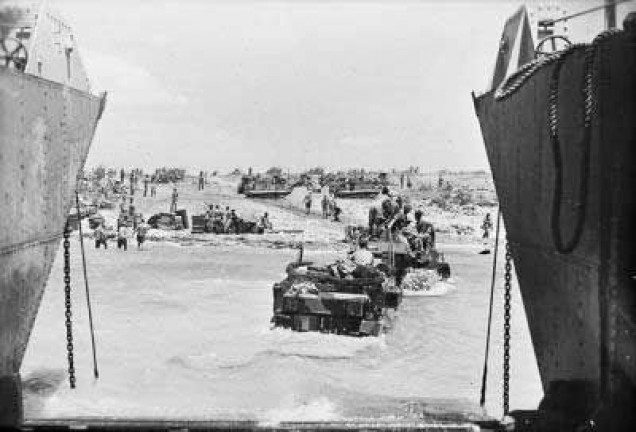
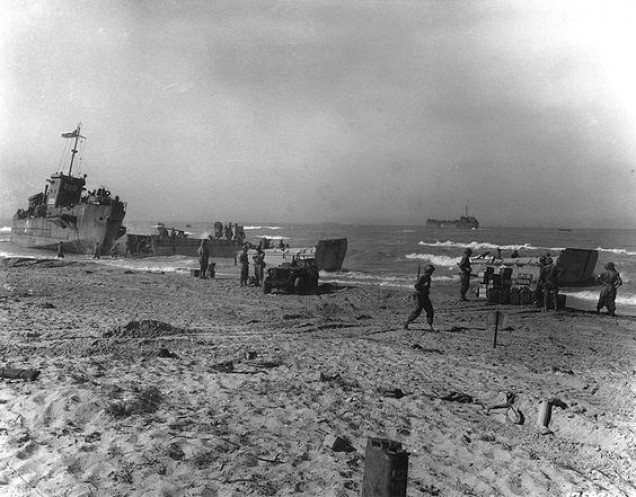
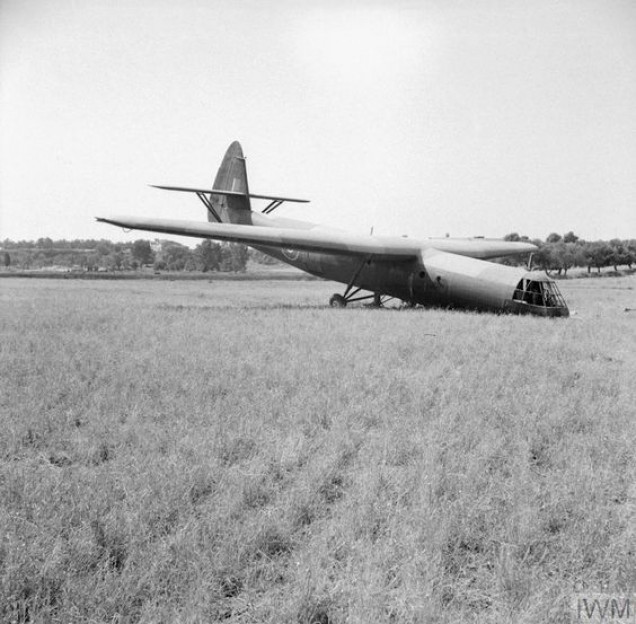
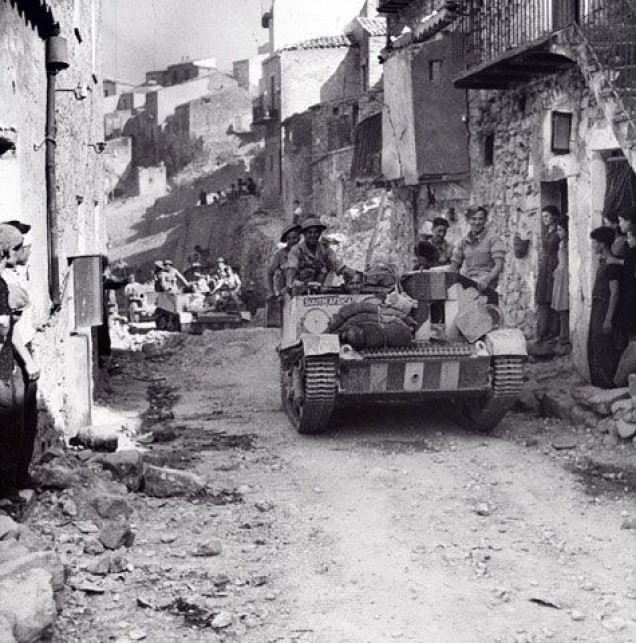
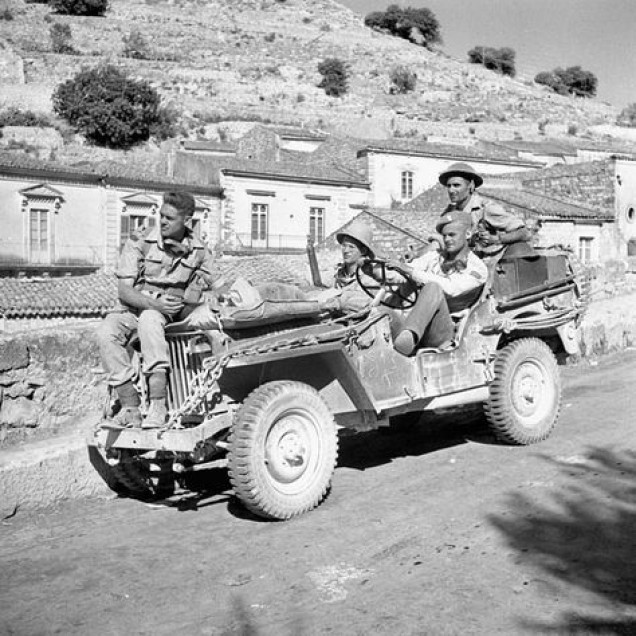

































Leave a Reply